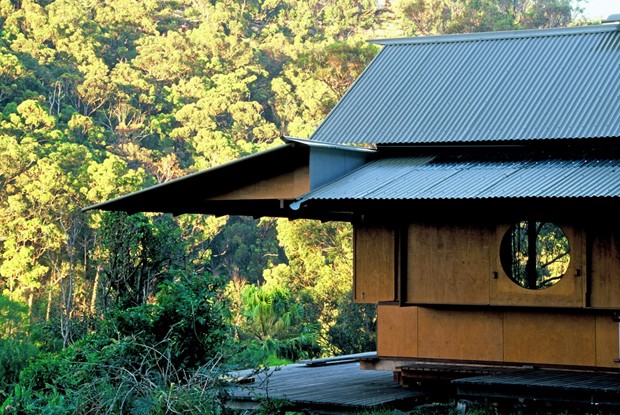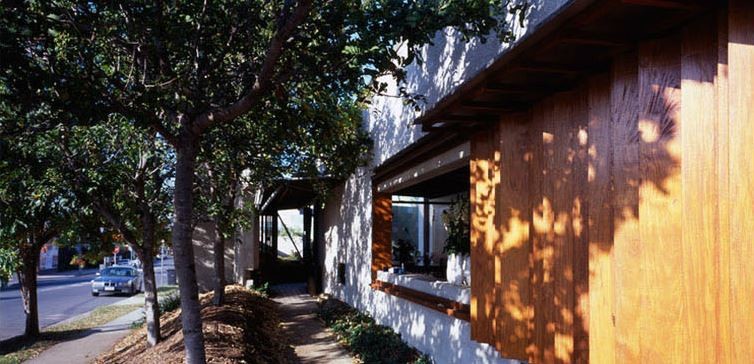Tony Jemmott, principal of Jemmott Associates, recently attended the Glenn Murcutt International Architecture Masterclass in Sydney.
Jemmott has more than 30 years' experience and has previously worked on the James Street Markets, The Saville Hotel and Apartments, and major works at the Princess Alexandra Hospital. In 2012, he established Brisbane-based practice Jemmott Associates.
Architecture & Design spoke to him about the Master Class, the challenges facing architects 30 years ago and how those challenges have evolved.
How did you find the Master Class?
Excellent – the class renewed my passion for architecture. It was an opportunity to reconnect with the ideas and philosophies that drew me to architecture in the first place – creating places that enrich the lives of the people that use them.
What were some important insights you gained?
Under the tutelage of some of Australia’s most established and respected architects, we were returned to the first principles of architecture – understanding the influence of climate and the geomorphology of the land, wind and fire on the siting of the building. Also, importantly, the art of drawing the essence of the idea and understanding how this manifests in the built form.
What were some unexpected things you learnt?
How humble and approachable Glen Murcutt, Richard Leplastrier, Brit Andersen and Peter Stutchbury are. Also, just how important it is to trust your gut feelings and follow your instincts.
What is it about Glenn Murcutt's work that you admire the most?
The layers of detail and meaning that are imbedded in such simply designed buildings.
How have the challenges of being an architect changed over the past 30 years?
Clients’ expectations have changed. As there are so many new products and materials appearing on the marketplace, it is important to stay focused on using the materials that are appropriate for the circumstance.
What do you think is the greatest challenge for architects today? How can they overcome this?
Bruce Mau believes that the business model for architecture is singularly unsuccessful, stating that one in a thousand architects can enjoy the pleasures that they are capable of producing for others.
With this in mind, finding a business model that will support the production of good architecture in today’s tough business environment and with the pressures of the different forms of building procurement where the architect’s role is diminished, but the responsibility is not, is one of the greatest challenges for architects today.
What's one of the most stunning buildings you have ever seen?
It is hard to say which is the most stunning, but I would like to name three buildings that have been very influential in the way I think about architecture.
Firstly, the Sydney Opera House. It’s a beautiful building, even though it was never finished under Jorn Utzon guidance. What could have been…
Secondly, Richard Leplastrier’s Lovett Bay House. It challenges the way we can live in Australia. (below: image source - ozetecture.org)

Thirdly, the D House by Donovan Hill – it’s a gem. (Images: BVN)




